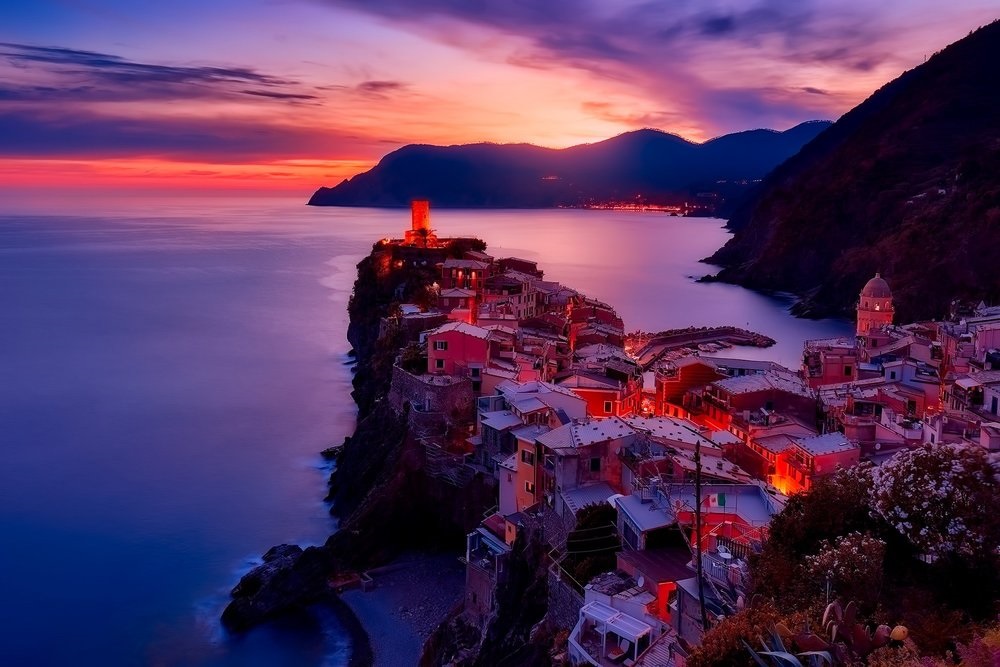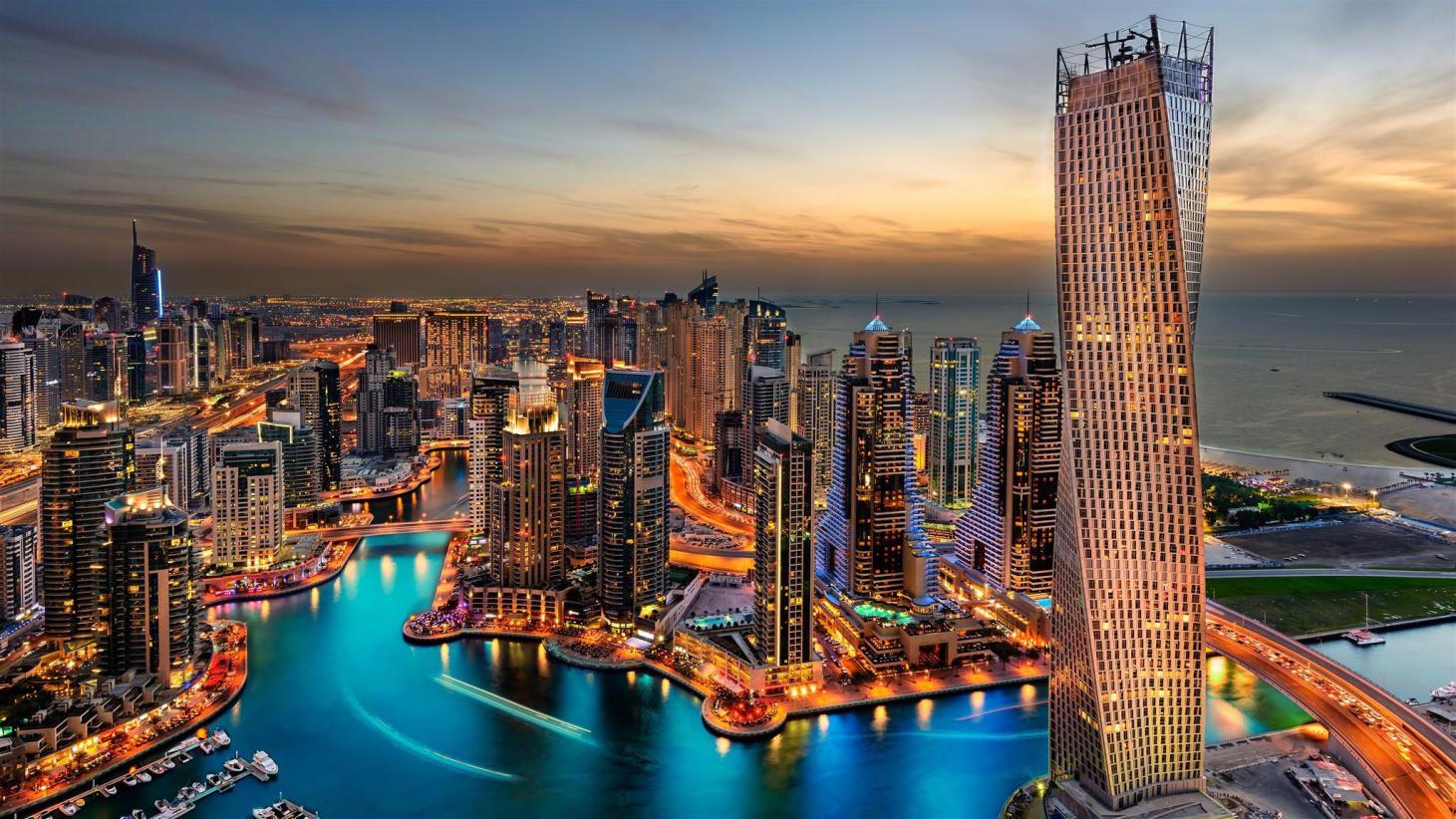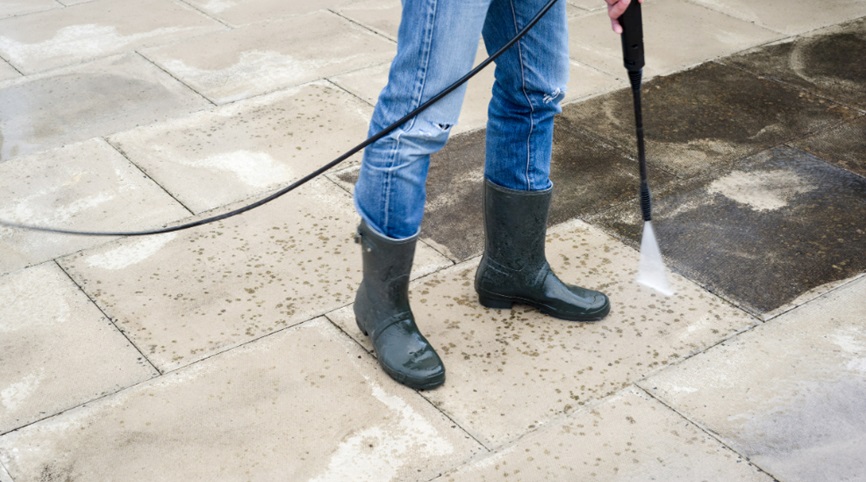Visiting Italy: Who needs an Italian visa, how to obtain one

Any person who plans to visit Italy must check if nationals from his country need a visa. Italy, the former headquarters of the Roman Empire and the root of the Renaissance, has a lot of ancient arts and architecture to offer visitors. Tourists flock to Italy to visit the Colosseum, Venice canals, Pompeii, the leaning tower of Pisa, the Pantheon, the Duomo Santa Maria del Fiore (the Cathedral of Santa Maria del Fiore), Vatican City, the Roman Forum, the Uffizi Gallery, St. Mark’s Basilica, Cathedral of Santa Maria Nascente, and other ancient arts and architectural wonders. The country also has natural attractions (mountains, lakes, and a dramatic 7,600km coastline) such as Lake Como, Amalfi Coast, Cinque Terre, the Blue Grotto and many others.
Italy also has many palaces and castles, and many buildings of various architectural styles such as Gothic, Romanesque, Baroque, Mannerist, and Neoclassical that many tourists find very interesting.
Who does not need a visa for Italy?
People who live in any Schengen country do not require a visa because the whole idea behind creating the Schengen Area is to allow free movement of people in the area. Therefore, when they arrive at the Italian border post, they simply need to show their identification. Some non-Schengen countries, such as Canada and the United States, have visa liberalization agreements with Schengen countries therefore they do not need a visa to enter Italy.
Who needs a visa to enter Italy?
All nationals of non-Schengen countries, whose countries have not signed a visa-liberalization agreement with Italy, need a visa.
Citizens of countries that have not signed a visa-liberalization agreement with the Schengen states, will need to apply for visas in order to enter Italy. People from third countries that signed a visa-liberalization agreement with the Schengen states, but were at one time refused entry into Italy or another Schengen country, will need to apply for visas before traveling to Italy.
Americans don’t need a Schengen visa for a holiday to Italy – however they may require that for extended studies, marriage to an Italian citizen, certain types of business engagement and so forth.
How to obtain a Schengen visa for Italy
International travelers planning to enter Italy for short-stays can be allowed to enter if they hold a Schengen Visa. To get a visa, the intending visitors have to apply at the Italian Embassy or Italian Consulate in their countries of residence.
The application for short-stay visa needs to the following documents: A completed, printed and signed application form, two identical photos, a valid passport (won’t expire for at least 3 months after the date of leaving Italy) with at least two blank pages to put the visa, copies of previous visas, Schengen travel visa insurance, travel ticket, round trip travel itinerary, proof of accommodation, proof of sufficient financial means, a cover letter that explains why the person wants to visit Italy, proof of civil status and a ticked checklist of documents submitted. Proof of employment status is also required such as a business license, contract of employment, or proof of enrolment for students. Pensioners will be required to bring a pension statement for the last 6 months.
There are additional requirements for children who will either travel alone or will travel with the parent(s). Then there are specific requirements for each type of visa. Fast and efficient help to get a visa is available from 3rd party service providers such as Favisbook.
Taking the next steps to apply for a Schengen visa from within the US:
Off course making an appointment to apply for your Italian visa depends where you are located: In the US, three popular options include applying in New York, Los Angeles or San Francisco.
Spend some time preparing for the appointment – this will ultimately save time because showing up without the right documentation often means you need to re-visit the consulate or processing agent. Nobody wants their visa declined: getting it the first time is much preferred.








